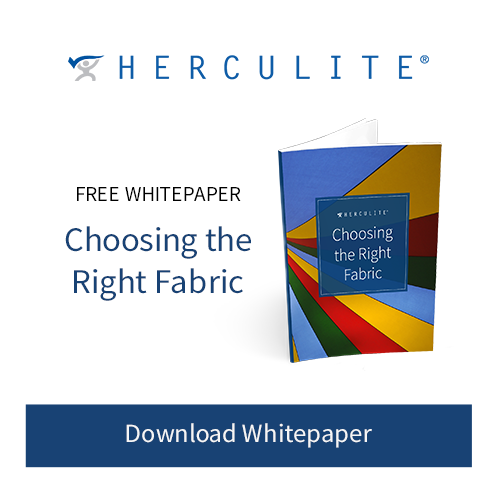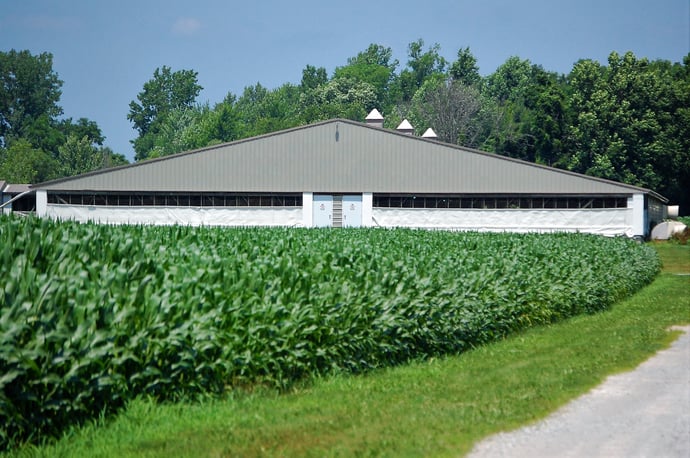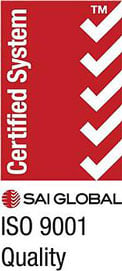Herculite's commitment to be a good steward of our environment.
We are committed to increase our understanding and impact on the environment. We understand all products have an environmental footprint. Herculite has been an industry leader in eliminating unwanted and undesirable additives in our raw material supply chain long before it was politically correct. We have collaborated with a well known university to reduce our energy footprint. We are dedicated to the soundness of our products and processes, and the safety of our Associates. Our process is free of VOCs including harsh solvents that harm our environment, require costly remediation and burden customers with extra cost. We continue to find innovative ways to reduce and recycle waste. We train and educate all our Associates to meet or exceed all environmental regulations, to adhere to company safety guidelines and to look out for each other. Our world-class supply partners are like-minded in their environmental commitment and together we provide exceptional value to our customers. Finally, we continue to develop and deliver innovative high performance products our customers want and need that are energy and resource optimal solutions reducing our impact on the environment.
Some of our products use vinyl film. Clearly vinyl is susceptible to an image problem, much of which is misinformation or misrepresentations made by special interest groups. Dr. Patrick Moore, one of the founders of Greenpeace has said, Beginning in the mid-1980s Greenpeace, and much of the environmental movement, began adopting extreme agenda that abandoned science and logic in favour of emotion and sensationalism. Greenpeace wants to ban the use of chlorine in all industrial processes, yet the addition of chlorine to drinking water has been the single greatest public health advance in history, and 75% of our medicines are based on chlorine chemistry. There is not a shred of evidence that vinyl damages human health or the environment. Apart from its cost-effectiveness in construction, and ability to deliver safe drinking water, vinyls ability to incorporate anti-microbial properties is critical in fighting germs in hospitals. Banning vinyl would further raise the cost of an already struggling healthcare system, ultimately denying healthcare to those who can least afford it. We think Dr. Moore has it right.
At Herculite, we market a range of high performance technical fabrics that use a variety of polymers including: acrylic, ethylene, propylene, rubber, urethane and vinyl. Our 60 years of experience gives us a unique perspective to provide insight on the environmental impact of our products, to provide facts and increase understanding and awareness by our customers that Herculite's high performance fabrics are safe, easy to use, economical and environmentally responsible compared to other alternatives.
Vinyl is comprised of almost 60% salt and salt contains chlorine an essential life sustaining element. Chlorine occurs naturally in salt, which we consume daily. Chlorine disinfects 98% of all U.S. drinking water, 85% of pharmaceuticals, 75% of medical products, enables vinyl to be flame resistant and has numerous other benefits.
Vinyl is energy efficient. Vinyl takes 20% less energy to product than many competing products. Vinyl uses 50% less energy than polyester and 670% less energy than PLA which is derived from corn! Vinyl is lightweight and requires less fuel and generated lower emissions to transport. Herculite's high performance textiles used in sun control applications reflect solar energy creating a shade environment that reduces cooling costs by 17-24% depending on geographic location. Vinyl is inherently recyclable generating 1 billion+ pounds of post-industrial recycling annually. Because of its durability and long useful life as compared to plastic bottles, vinyl generated substantially less material to be carted off to landfills and the like each year. Vinyl contributes to a smaller carbon footprint because its uses less fuel and emits less CO² than alternatives for example, vinyl consumes 24% less oil than polyethylene, 37% less than polyester, 86% less than nylon and 204% less than aluminum. Vinyl also has lower CO² emissions: vinyl generated 30% less CO² than polyethylene, 120% less than polyester, and 260% less than aluminum.
As for Herculite's high performance fabrics, there are no heavy metals (lead, mercury, cadmium, etc.) in the film formulations of our products. We cannot speak for other manufacturers, particularly those from offshore, but we understand our products are often higher in price per unit because of these safeguards, fortunately our customers understand our brands have earned their reputation by delivering an exceptional level of performance across a range of applications for years. So the total cost of ownership of our products compared to others, deliver more value and profit to our customers and their customers. We're proud to say, we put more into our brands, it's just that simple and we're glad our customers agree.







